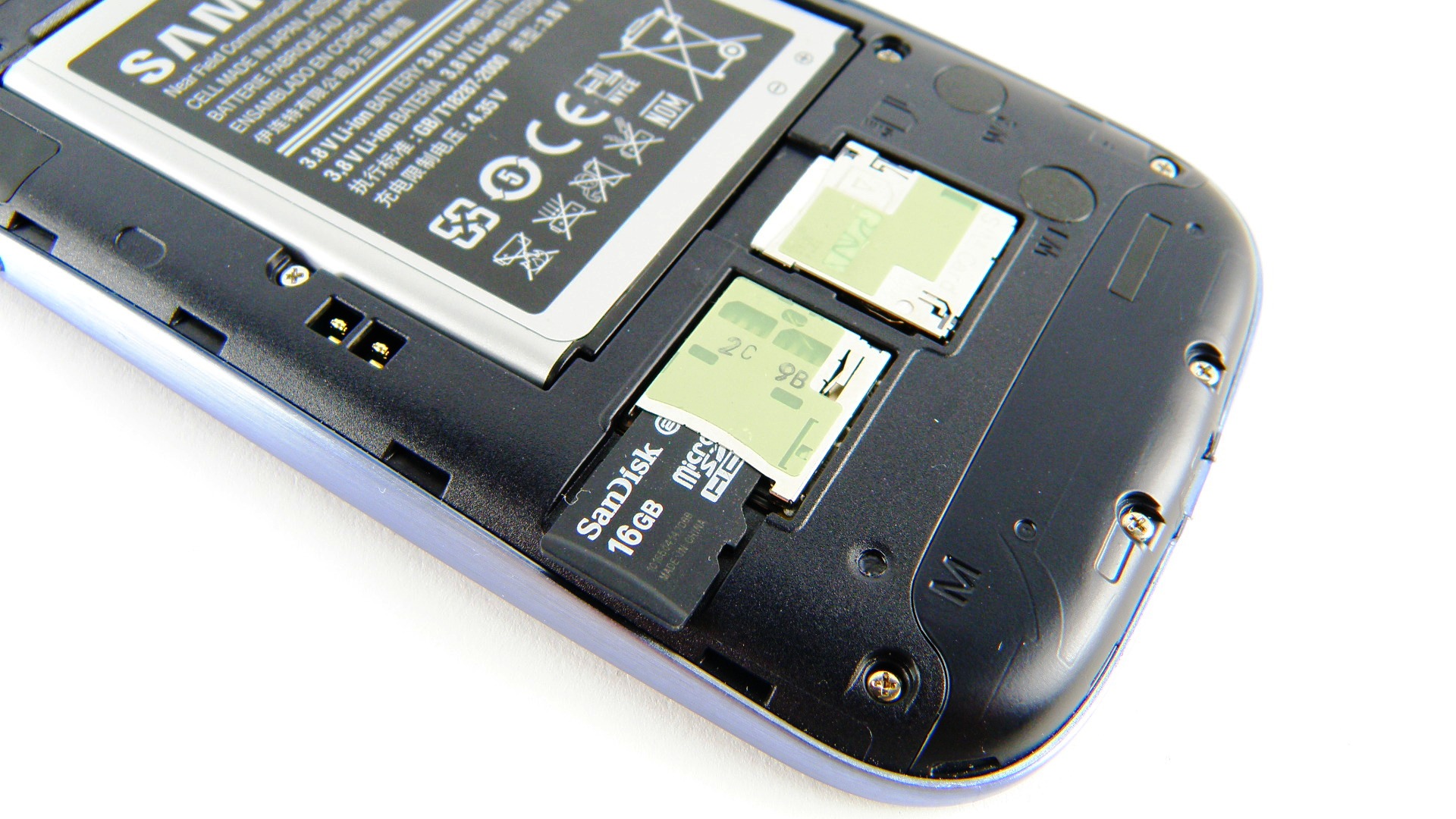We could see 128GB Android phones at MWC, but microSD won't be forgotten
Phone storage will continue to grow, inside and out

Google is doing its best to deter manufacturers from including expandable storage options in their smartphones, but the trusty microSD slot has made a comeback over the past 12 months and it's not going away any time soon.
TechRadar spoke to Ruben Dennenwaldt, SanDisk's Senior VP of Product Marketing, about storage in our smartphones and why we won't be taking everything to the cloud.
Wind the clock back a couple of years and Google was encouraging the likes of Samsung, LG, HTC and Sony to ditch microSD in favour for the cloud. Apple didn't (and still doesn't) offer expandable storage on its iPhone range and that sells like hotcakes.
The Nexus 5 launched without a microSD slot, as did the LG G2 and highly acclaimed HTC One, but we saw Samsung and Sony stick to their expandable guns. In 2014 HTC brought back the option in the One M8 and a similar return to form occurred on the LG G3.
Why the apparent U-turn? Two reasons; consumers like it and it keeps costs down. Dennenwaldt explained: "the vast majority manufacturers build microSD into devices because it's consumer friendly, people can add storage easily and it drives down the cost of the handset."
"The inclusion of a microSD slot means firms can offer the best product for the lowest price. An easy way of reducing cost is taking out memory and adding microSD."
There are clear advantages for local storage (both internal and external) versus the cloud platform as well. Dennenwaldt told us local storage is "much more accessible and faster than cloud storage, and a lot less power consuming. Plus, for the cloud you need network coverage or a Wi-Fi connection. MicroSD isn't limited by that."
Get daily insight, inspiration and deals in your inbox
Sign up for breaking news, reviews, opinion, top tech deals, and more.
The only way is up
SanDisk provides phone manufacturers with internal and external storage, and Dennenwaldt is seeing growth in both.
"We serve embedded and removable storage and both seem to be going up, especially with recent [handset] launches.
"Apple has decided to add a 128GB option and remove 32GB. It's going to be interesting to see at MWC 2015 what others are doing - will they follow? I'd expect embedded storage in smartphones to grow, although at the same time people are buying more, and higher capacity microSD cards."
With the likes of the Samsung Galaxy S6, HTC One M9, Sony Xperia Z4 and LG G4 all being touted for potential MWC launches it will be interesting to see if they rock up with 128GB of internal space and a microSD slot in Barcelona.
The current crop of microSD cards top out at 256GB - something that is technically very difficult to achieve on such a small surface area. Combined with a potential 128GB of internal space users can potentially look forward to over 350GB of storage from the next generation of smartphones.

TechRadar's former Global Managing Editor, John has been a technology journalist for more than a decade, and over the years has built up a vast knowledge of the tech industry. He’s interviewed CEOs from some of the world’s biggest tech firms, visited their HQs, and appeared on live TV and radio, including Sky News, BBC News, BBC World News, Al Jazeera, LBC, and BBC Radio 4.